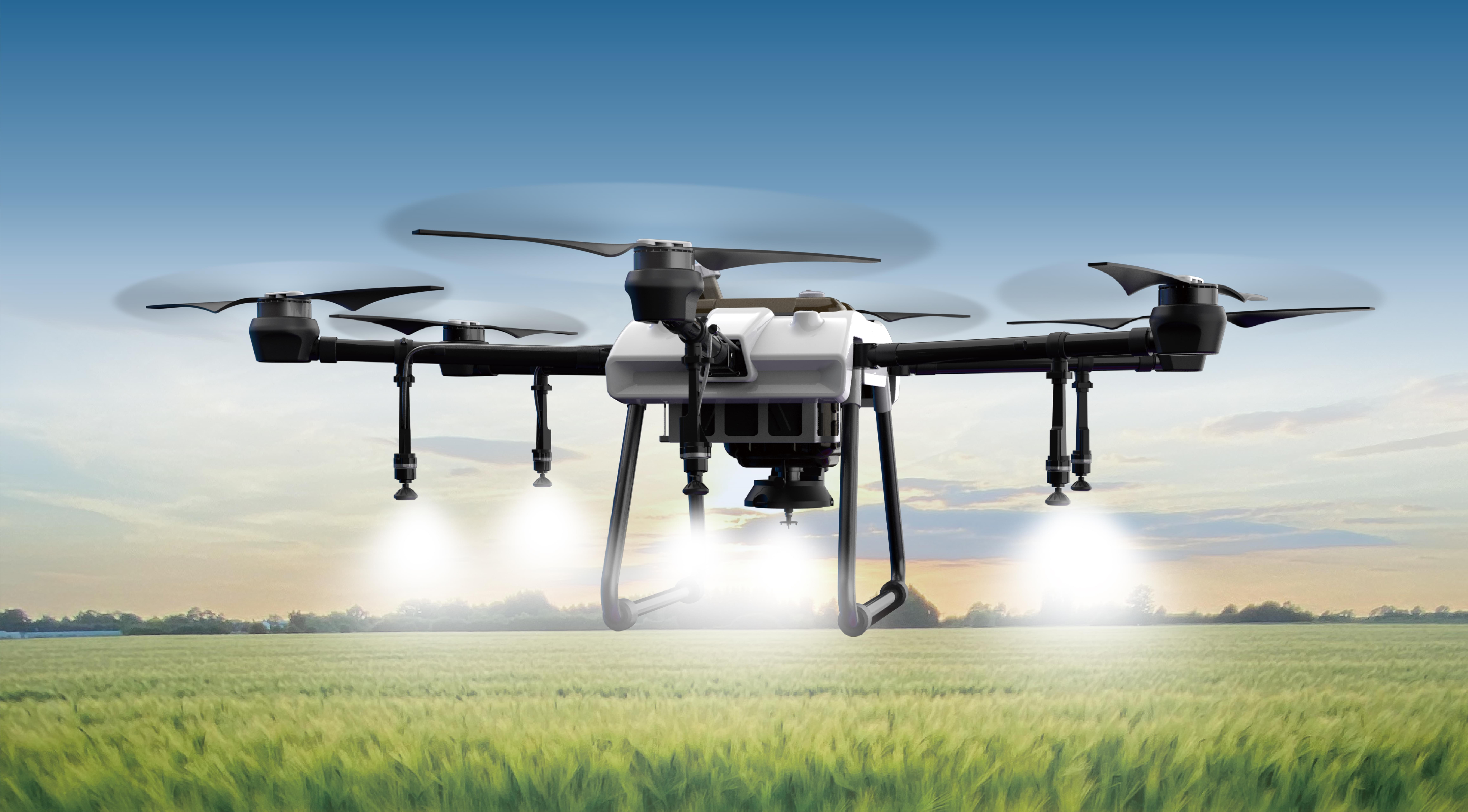Thinking about robotics, one of the bets you can make is on the joints, the real muscle and bone that bring machines to life. The way these joints are designed really shapes what a robot can do, how precise it can be, and—let’s be honest—how cool it looks doing it. When you peel back the layers of robot joints, you get a peek into engineering creativity crying out for innovation.

Let’s start with the most familiar—revolute joints. These are the turn-and-twist joints, like your shoulder or elbow. They allow rotation around one axis, giving that swish motion you see in robotic arms. Imagine a robotic arm grabbing a glass—that’s these joints in action. They’re perfect for tasks that require a high degree of angular flexibility. Now, you might wonder, but why not just use something more rigid? Because sometimes, a smooth, controlled rotation is exactly what the job needs. Whether in an assembly line or delicate medical robots, revolute joints balance strength with ease of movement.
Slider joints are simpler but just as vital. Basic linear tracks that slide back and forth—think about a robot pulling a drawer open or pushing something along a conveyor. These joints provide straight-line motion, which is underrated but essential. Plus, the way they fit into complex systems often makes them the backbone of simpler automation tasks. They’re also less prone to wear and tear, which is a bonus in long-term projects.
Then, we’ve got the pivot joints—kind of a hybrid, if you will. They combine some rotational movement with limited lateral motion. You can see these in robots mimicking human knees or ankles. That flexibility adds comfort and efficiency to movement, especially when navigating uneven terrains or performing complex tasks. It’s like giving a robot a hint of human-like adaptability.
Thinking about robotic hand grasps? The ball-and-socket joints come into play. They give an extensive range of motion—think how much your shoulder moves—so robots can reach into tight spots or handle objects with finesse. It’s all about mimicking human dexterity, which is still a frontier worth exploring.
But what about more exotic joints? Sometimes, a hybrid joint combines multiple functions, like a rotary and a linear movement, giving robots a broader repertoire. Planning such joints involves understanding load distribution, durability, and precision. It’s like designing a super-robot joint that’s both tough and flexible.
You’ve probably wondered, “What’s the best joint for my project?” To that, the real answer depends on what you want your robot to do. Need high-speed rotations? Revolute joints might be the star. Looking for long, straight motions? Sliders will serve well. Want flexibility? Ball-and-socket or hybrid joints give that extra edge.
All in all, the choice of joint shapes how the robot performs. Whether it's precision, speed, strength, or adaptability—that tiny component makes all the difference. And when you choose the right type, your machine becomes more than just metal and motors; it’s capable of doing something remarkable. Think about it—what kind of joint would bring your robotic idea to life?
Kpower has delivered professional drive system solutions to over 500 enterprise clients globally with products covering various fields such as Smart Home Systems, Automatic Electronics, Robotics, Precision Agriculture, Drones, and Industrial Automation.




































